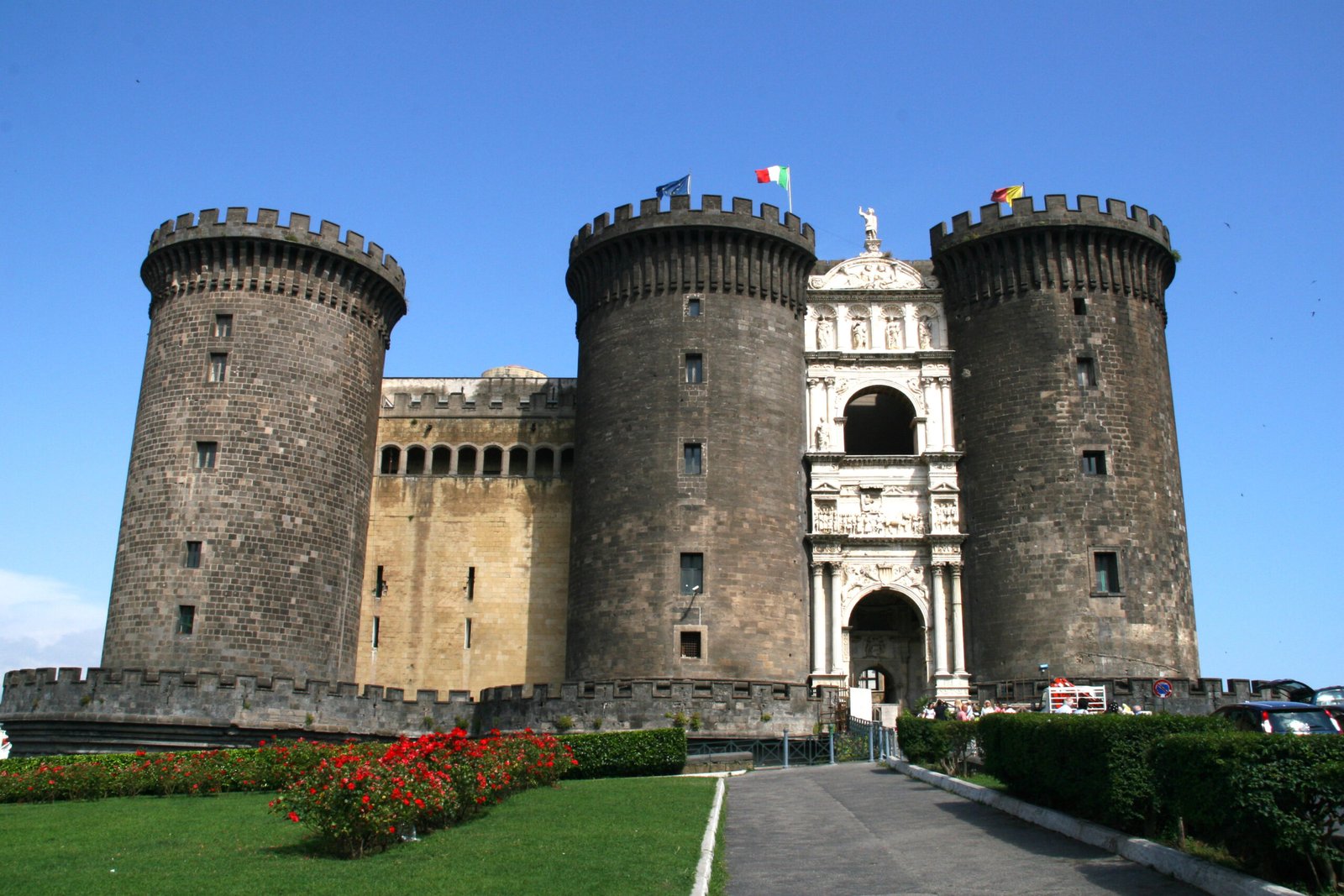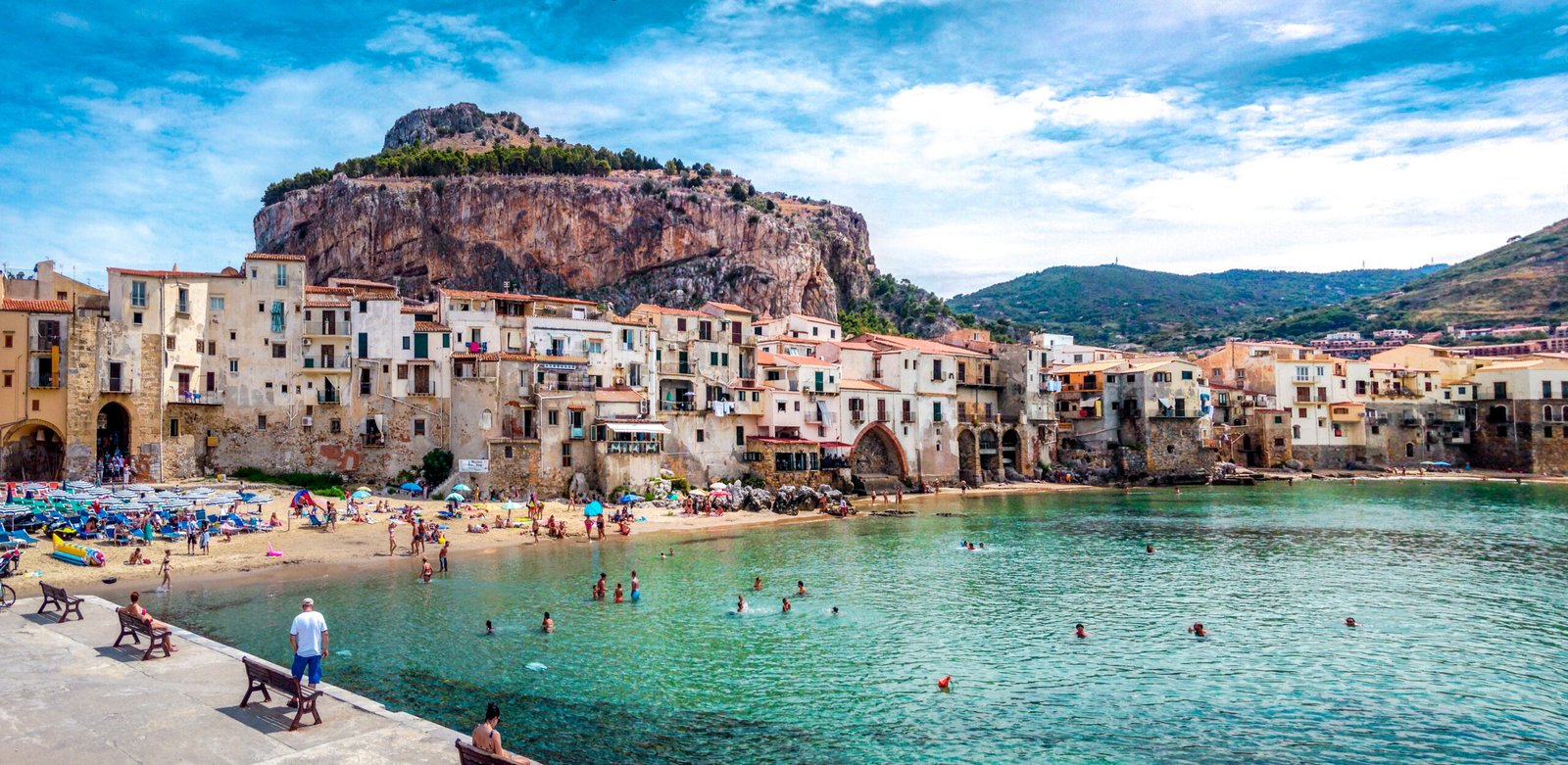San Cassiano’s valleys are alive with flavors, blending Italian elegance with Ladin traditions. My first taste of Cajincí—golden cheese pockets in pasta dough—showed me the heart of Dolomites cuisine. This alpine village, surrounded by snow-capped peaks, is a culinary hub. Here, every dish shares tales of place and heritage.
From cozy huts with polenta and foraged herbs to St. Hubertus, a Michelin-starred gem, this tour shows how nature and culture shape every dish.
Exploring San Cassiano’s markets and restaurants, I discovered a truth. Here, Alpine gastronomy is an art form. The air is filled with scents of pine-smoked speck and wild mushroom risotto. Local winemakers pour wines that reflect the Dolomites’ rugged beauty.
Enjoying hearty canederli dumplings or Chef Norbert Niederkofler’s “Cook the Mountain” philosophy, San Cassiano’s restaurants are more than meals. They are conversations between tradition and innovation.
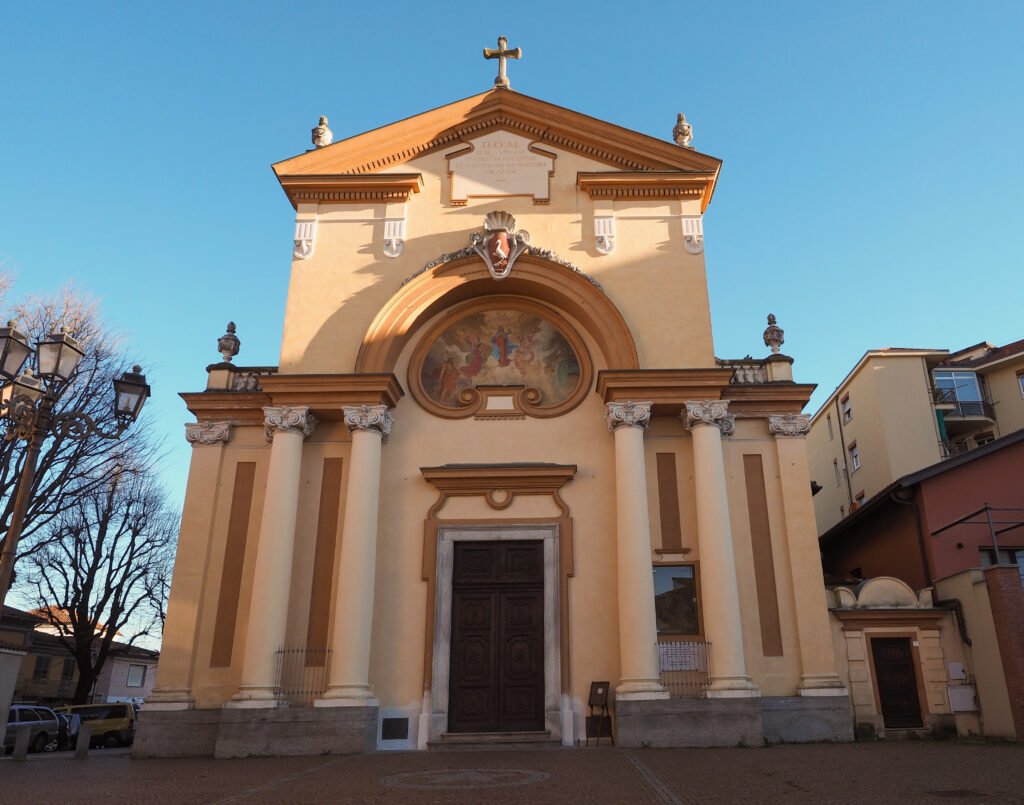
Key Takeaways
- San Cassiano’s food blends Ladin heritage with Italian elegance, creating a distinct Dolomites cuisine.
- Cajincí and foraged herb dishes highlight the region’s hands-on culinary traditions.
- St. Hubertus redefines Alpine gastronomy with its 3-Michelin-starred reinterpretation of local flavors.
- Seasonal ingredients and mountain-sourced products define the heart of San Cassiano’s menus.
- Every bite here connects travelers to the culture and landscape of the Dolomites.
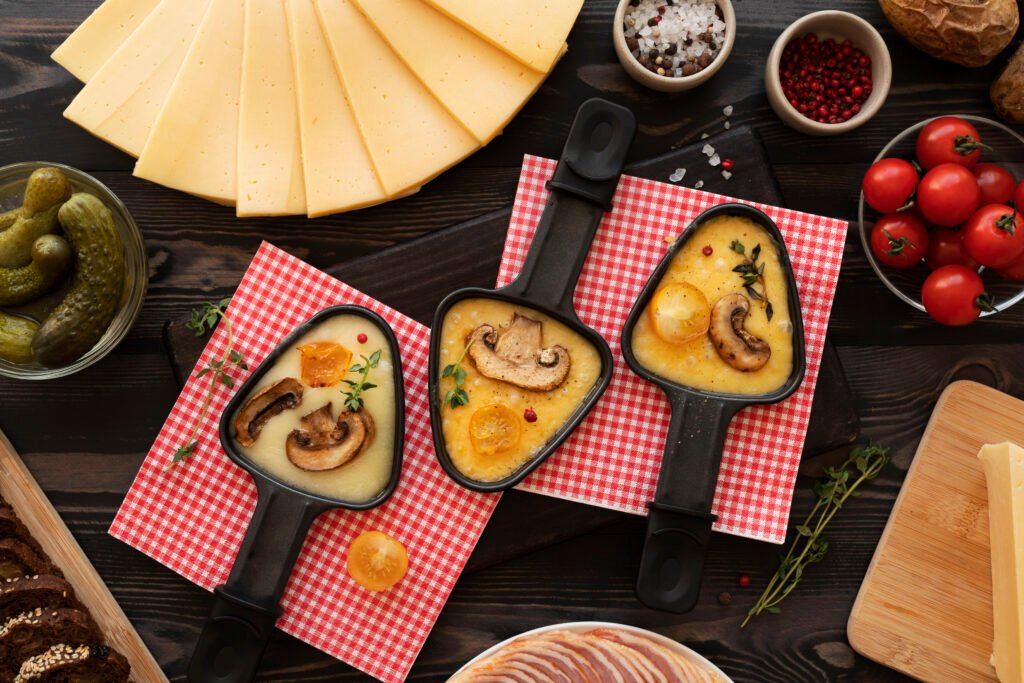
The Unique Culinary Identity of San Cassiano: Where Italian and Ladin Traditions Meet
San Cassiano’s food tells stories of strength and change. My travels showed how its food, rooted in Ladin traditions, has grown. It now stands as a symbol of Dolomites food culture.
The village’s kitchens mix South Tyrolean warmth with Italian Alpine authenticity. This blend makes San Cassiano’s food truly special.
The Historical Evolution of San Cassiano’s Food Culture
San Cassiano’s food history is like a layered cake. Ladin recipes, like polenta with game ragù, were kept secret in valleys. But, Roman salt roads and Austro-Hungarian rule left their mark in slow-braised stews.
Today, chefs at St. Hubertus respect this heritage. They add a modern twist to traditional dishes.
How Geography Shapes Local Flavors
The Dolomites’ mountains shape the local food. Steep slopes grow hardy herbs and crops. Alpine pastures feed the cows that make creamy strudels.
A local cheesemaker once said,
“We cook with what the mountains give us—nothing goes to waste.”
Food preservation became an art form. Smoked prosciutto, dried fruits, and fermented cheeses were survival tools turned into treasures.
Seasonal Influences on Culinary Traditions
| Season | Key Ingredients | Signature Dishes |
|---|---|---|
| Winter | Cured meats, root vegetables | Cajincí (buckwheat dumplings), canederli |
| Spring | Wild asparagus, young herbs | Asparagus risotto, herb-infused soups |
| Summer | Alpine milk, foraged berries | Yogurt desserts, berry compotes |
| Autumn | Game meats, chestnuts | Wild boar ragù, chestnut polenta |
Menus change with the seasons. Winter’s stews give way to summer’s light salads. Each visit is a new adventure.
Traditional Ladin Delicacies: Discovering Cajincí and Beyond
My journey into traditional Ladin food started with Cajincí dumplings. They were steaming hot, with spinach-tinged dough and creamy cheese inside. These dumplings, simmered in broth, show the heart of Dolomites traditional dishes.
They are simple yet deep, shaped by centuries of mountain life. Beyond Cajincí, there are more treasures to discover in Ladin cuisine.
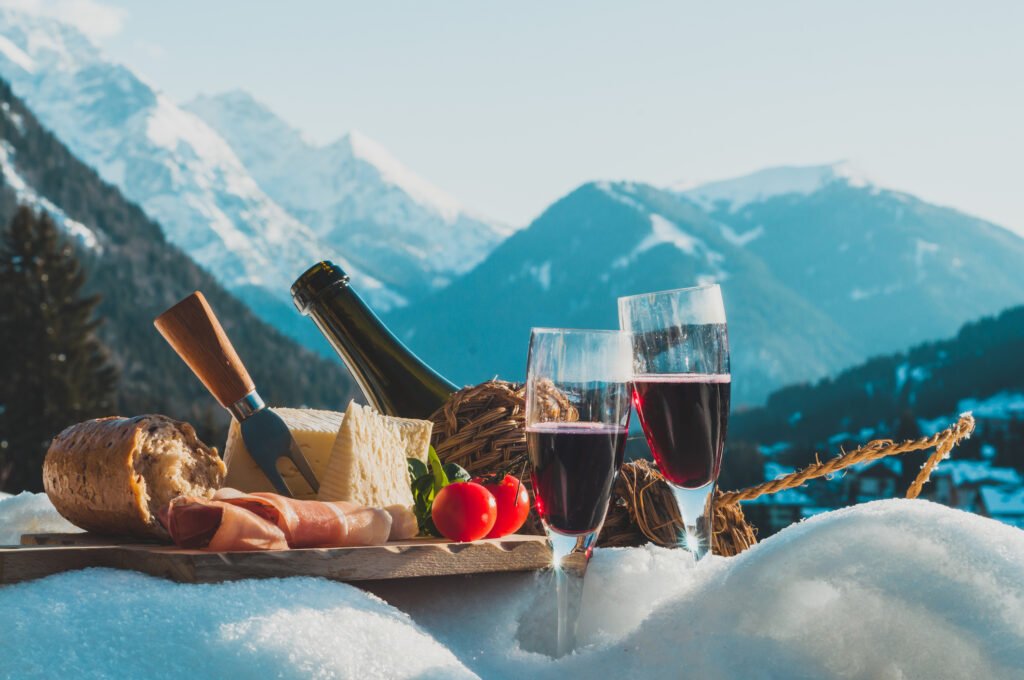
| Dish | Description | Cultural Significance |
|---|---|---|
| Cajincí dumplings | Pasta pockets filled with spinach, fontina, and herbs, cooked in clear broth. | Served during holidays, symbolizing communal gatherings and harvest gratitude. |
| Tutres | Crispy fried dough pockets stuffed with sauerkraut or fruit preserves. | Prepared for spring festivals, using preserved ingredients from winter stores. |
| Panicia soup | Thick barley soup with speck, onions, and caraway, simmered for hours. | A laborer’s staple, providing warmth and energy for high-altitude work. |
| Bales da coza | Buckwheat dumplings with sharp cheese, often paired with melted butter. | Traditionally made with leftover dough scraps, reflecting resourcefulness. |
“Every bite tells a story of survival and joy,” Nonna Rosa told me as she shaped bales da coza with gnarled hands. Her kitchen smelled of woodsmoke and caramelized onions, a sensory portal to a time when these dishes were daily miracles.
These recipes are more than meals—they’re heirlooms passed through generations. The tutres fritters, pan-fried to golden crispness, carry the tang of fermented cabbage; panicia soup warms winter bones with its earthy barley depth. Each dish mirrors the rugged beauty of the Dolomites, where scarcity and ingenuity birthed flavors that linger long after the plate is empty.
My Ultimate Culinary Tour of San Cassiano: A Gastronomic Journey
Join me on a day filled with stories in every bite. Begin your San Cassiano food tour at dawn. The smell of fresh bread fills the streets. Visit Dolomites bakeries like Forneria Vernel for Krapfen with apricot jam.
Stop at Forneria Vernel for morning flavors. Enjoy warm bread and rosemary focaccia with espresso. It’s perfect for a sunny bench.
By afternoon, head to mountain rifugi for Alpine hut dining. The Rifugio Auronzo serves polenta with lard and rosemary. Its terrace offers stunning views. Arrive early for the best seats.
Evening brings the best restaurants in San Cassiano. Osteria La Corte offers canederli with sage and broth. Ristorante Pensione Pensione serves venison ragu with homemade pappardelle.
- San Cassiano food tour tip: Ask for “piatti della nonna” (grandma’s dishes).
- Book sunset tables at Trattoria Unterwirt for Sella Group views.
Every meal here is a mix of earth and history. Flavors linger in the air like Dolomites mist.
St. Hubertus: Why This 3-Star Michelin Experience Transcends Mere Dining
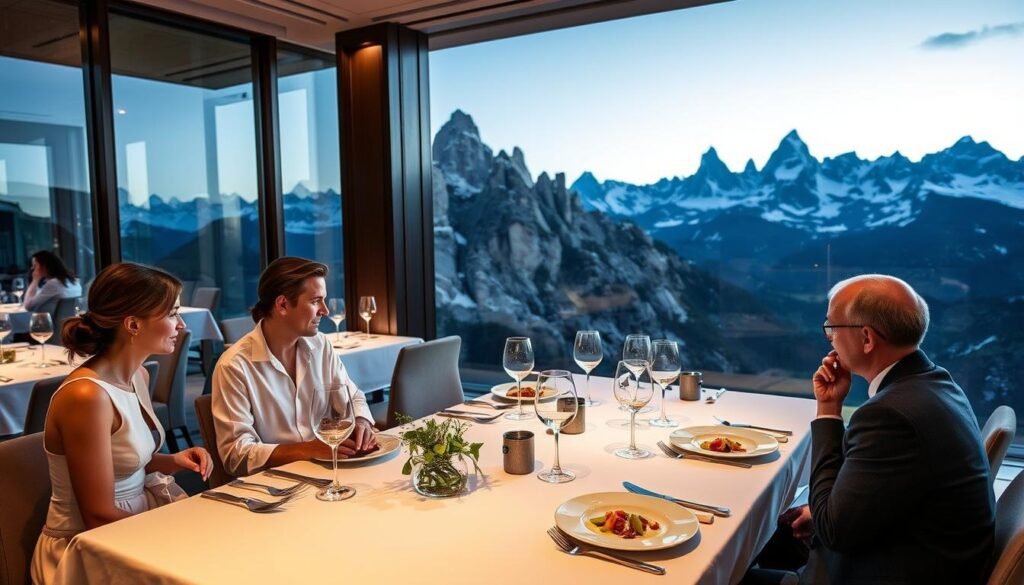
My first visit to St. Hubertus restaurant at the Rosa Alpina Hotel restaurant was unforgettable. It felt like entering a living tribute to the Dolomites. Chef Norbert Niederkofler’s kitchen is more than a place to cook—it’s a place where mountains meet meals.
Every dish at this three-Michelin-starred spot tells a story. It’s a mix of tradition and innovation, all done with amazing skill.
Cook the Mountain Philosophy
Norbert Niederkofler’s “Cook the Mountain” idea turns challenges into art. He uses only what the Alps offer, like wild herbs and forest game. This approach is not just a trend—it’s a way to connect food to nature.
Signature Dishes That Capture the Essence of the Dolomites
Imagine venison glazed with pine sap, paired with a sorrel purée that smells like alpine meadows. Or wild garlic spaetzle, with its earthy scent that celebrates spring. Each dish at St. Hubertus is a journey through the seasons, showing that limits can spark creativity.
Wine Pairings That Elevate the Experience
Local wines from nearby valleys, like Lagrein and Gewürztraminer, perfectly match each dish. The sommelier chooses wines that highlight indigenous grapes grown high up. It’s a perfect blend where every sip and bite celebrate the land and the meal.
Beyond the Stars: Hidden Culinary Gems Worth Seeking Out
San Cassiano’s true flavors are found in its hidden restaurants San Cassiano. These places are where aprons are tied with generations of cooking, not just Michelin stars. They are my guide to the Dolomites’ food heartland.
- Osteria della Chiesa: Behind the village’s stone church, a family turns flour into art. Nonna Margherita, with hands creased from kneading, makes pici pasta. Her granddaughter adds pine sap from nearby forests to dishes. No menus—just what’s fresh from the garden.
- Fattoria delle Nevi: This authentic Alpine dining experience is in a 17th-century barn. Thursday’s zelten nights bring locals together. They share stories with every spoon of slow-cooked barley soup.
- La Cantina del Focolare: Its unmarked door hides a cellar where local eateries Dolomites traditions come alive. Try the walnut-and-herb bread, baked since the 1500s, with wild berry wine from the chef’s vines.
These San Cassiano food secrets are all about being close. Arrive early for the bakery’s morning bread. Ask the butcher for the farmhouse’s exact location. Let the aroma guide you. Here, dining is about love, not just food.
The Perfect Pairing: Local Wines and Alpine Spirits of the Region
My journey with South Tyrolean wines started with a Lagrein. It turned a simple cheese board into a moment I’ll never forget. The Alto Adige wine region’s terroir, shaped by alpine breezes and rocky soils, creates wines that reflect the Dolomites’ rugged beauty. Every glass tells a story of the place it comes from.
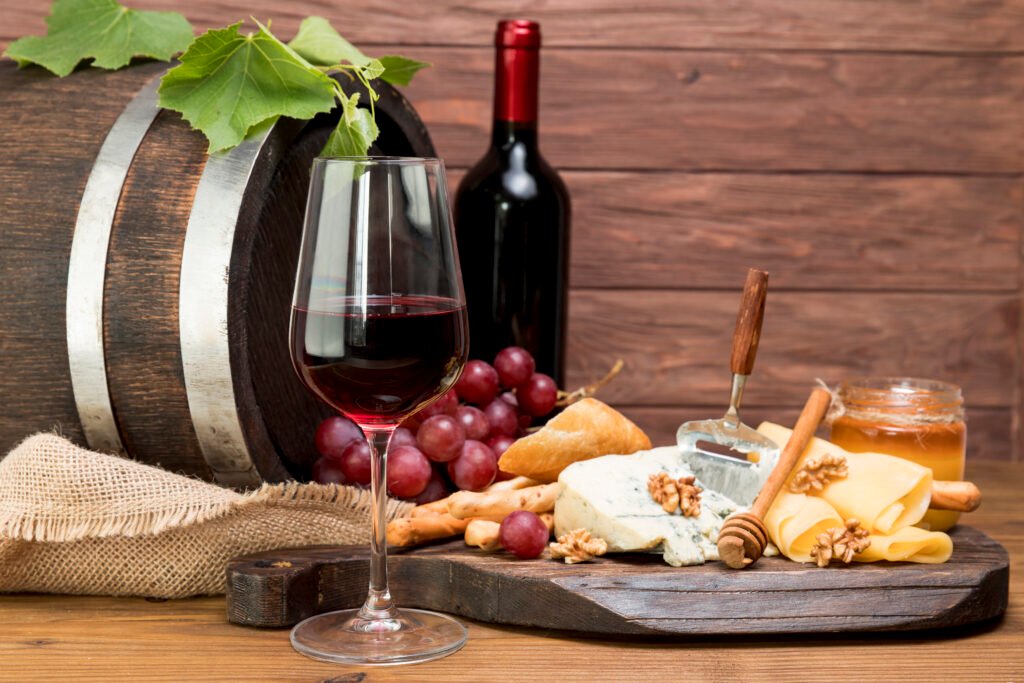
South Tyrolean Wine Varieties That Complement Mountain Cuisine
Indigenous grapes thrive in this challenging environment. The Gewürztraminer bursts with lychee and spice, perfect for rich spreads. Crisp Sylvaner mirrors mountain streams, refreshing the palate after hearty canederli dumplings. Bold Lagrein—its deep ruby hue a match for gamey cajincí—proves altitude elevates taste. Local sommeliers see these wines as more than just accompaniments; they are storytellers:
“A sip of Sylvaner is like walking through a dewy alpine meadow at dawn,” says Elena Weber of Cantina Kaltern.
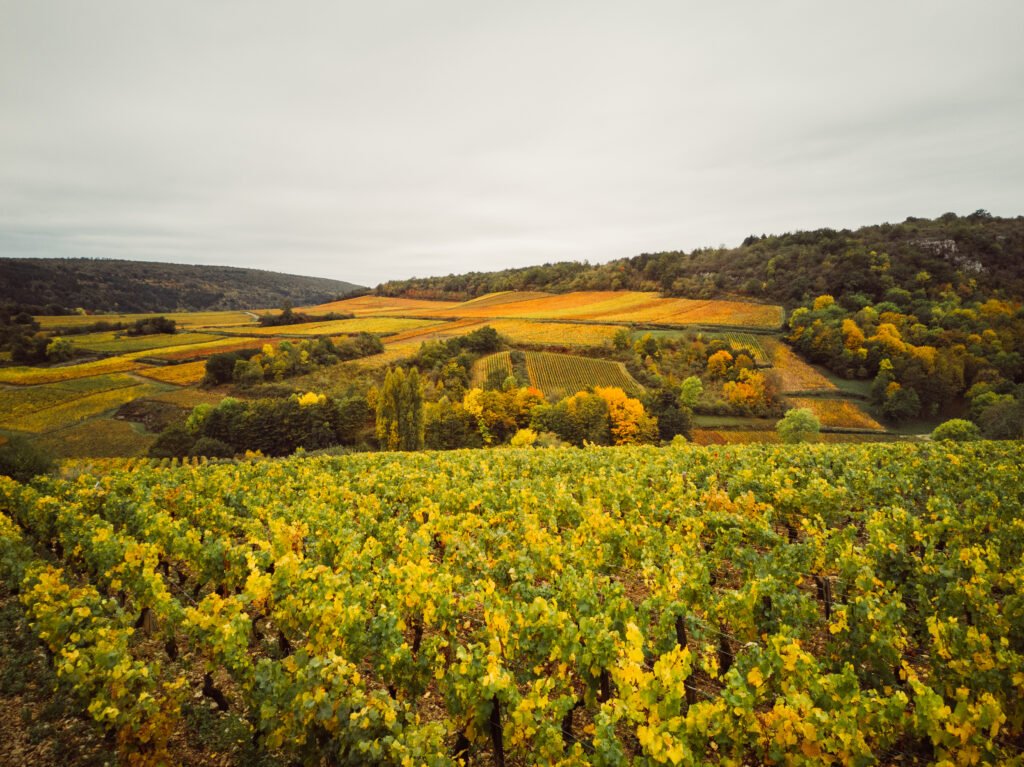
Artisanal Spirits and Digestifs: The Perfect Meal Finale
After dinner, tradition turns to Alpine spirits. Housemade grappas infused with gentian or juniper root linger on the tongue like a hike through pine forests. Sip a pine-scented Scopa d’Ambru liqueur, its sweetness balancing heavy dishes. These mountain digestifs aren’t just drinks—they’re rituals, as vital as the dishes they follow.
For contrast, Verona’s markets offer different flavors, but San Cassiano’s libations are pure alpine alchemy. From vine to still, each pour honors the land’s spirit.
Seasonal Gastronomy: Why Timing Your Visit Matters
Exploring San Cassiano’s food scene over the years has shown me how flavors change with the seasons. The seasonal food San Cassiano is a story that unfolds with each visit. Whether it’s cozy winter meals or summer foraging, timing your trip is key.
Winter Warming Dishes When the Snow Falls
When the Dolomites sparkle, local kitchens warm up with winter cuisine Dolomites. Venison ragù and bread dumplings with cheese show the area’s hearty side. Ski days end with alpine raclette, and Christmas markets serve spiced wines and gingerbread.
Summer’s Bounty: Fresh and Foraged Ingredients
Summer turns San Cassiano into a green pantry. Summer alpine ingredients star in salads and berries from high meadows. Like Parma’s cheeses, San Cassiano’s stracchep is creamy. Hikers enjoy prosciutto with wild arugula, flavors only found in bloom.
Fall Harvest Celebrations Worth Planning Around
Autumn’s fall harvest festivals are filled with porcini pasta and chestnut desserts. The Apple Harvest Festival in October offers pies baked in wood-fired ovens. Foragers show off mushroom hunting. These moments highlight why the best time to visit Alta Badia food depends on your taste—truffle season or first truffle markets?
| Season | Must-Taste Dishes | Peak Experiences |
|---|---|---|
| Winter | Game stews, polenta with lard | St. Hubertus’s winter tasting menus |
| Summer | Wildflower honey drizzled on ricotta | Evening picnics at alpine huts |
| Autumn | Mushroom risotto with sage | Harvest festival tastings |
- Plan autumn visits during September’s chestnut festivals for earthy sweetness
- Seek summer’s peak in July for wild berries in desserts
- Winter offers truffle hunting experiences from December to February
Every season in San Cassiano is a unique experience. Whether it’s winter trails or autumn’s golden hues, the mountains teach us that true flavor is always seasonal.
Hands-On Experiences: Cooking Classes and Food Workshops in San Cassiano
The best way to taste San Cassiano’s soul is to shape it with your own hands. In a sunlit kitchen overlooking the Dolomites, I learned to roll strangolapreti pasta. Nonna Rosa, a Ladin matriarch, watched over me. Her kitchen smelled of rosemary and centuries-old tradition. These San Cassiano cooking classes turn visitors into active participants in a living culinary heritage.
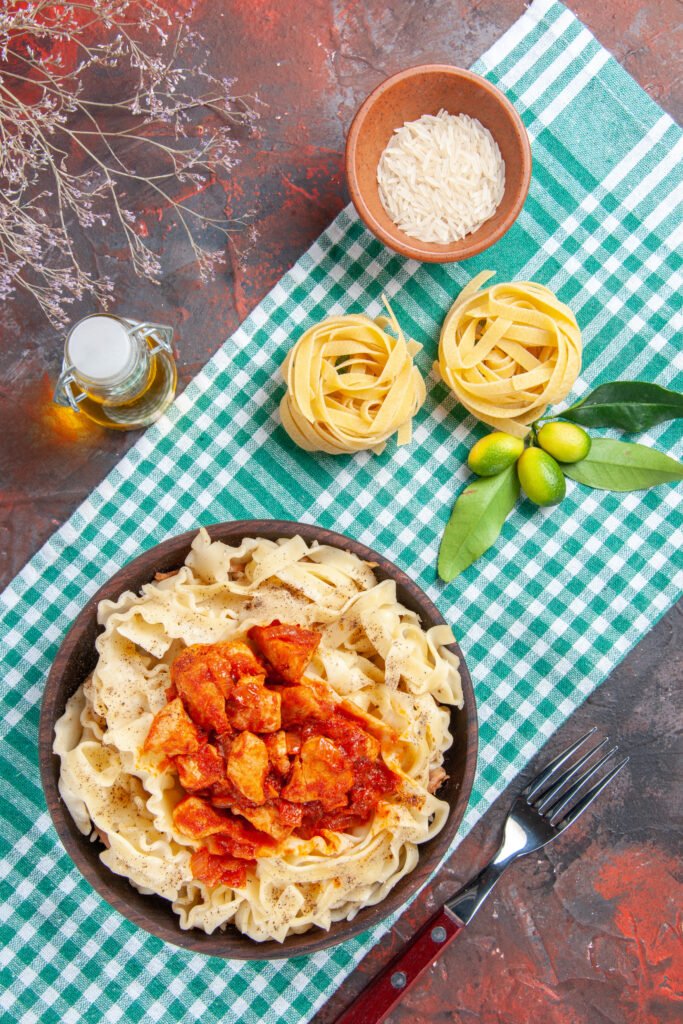
- Master Dolomites food workshops where chefs teach how to layer flavors like the region’s signature canederli dumplings.
- Family-led sessions let you learn Ladin cooking techniques passed down through generations.
- Multi-day Alpine cuisine courses pair foraging hikes with kitchen time to transform wild herbs into sauces.
“Cooking here is like reading a history book with your hands,” said one instructor during an Italian mountain cooking lessons session. “Every ingredient tells a survival story.”
These experiences are more than recipes—they’re dialogues with the past. A morning might start with wild garlic hunting in the meadows. Evenings end with kneading dough for ciurpia cookies in rustic kitchens. Guides like Epicurean Escape curate paths into these traditions. They connect travelers with artisans who still shape dough like their ancestors did.
Whether rolling pasta or preserving sauerkraut with age-old methods, these classes let you carry home more than a certificate. They are heirlooms in the making.
From Market to Table: Where to Source Authentic Local Ingredients
Exploring San Cassiano’s farmers markets is the best way to taste the village’s heart. Every Saturday, the village square turns into a colorful scene. Wooden crates are filled with local Alpine ingredients.
Get there early to see farmers unpacking South Tyrolean food products fresh from the mountains.
Market highlights by season:
| Season | Must-try finds |
|---|---|
| Spring | Morel mushrooms, rye bread with juniper ash |
| Summer | Alpine strawberries, young fontina cheese |
| Fall | Chestnut flour pastries, smoked speck with larchwood |
For special finds, check out mountain cheese shops like Alpina Formaggi. Here, third-generation affineurs age pecorino in stone cellars. Try the zelten at Panetteria St. Vigilio—a candied fruit bread made since 1723.
- Seek out honeycomb samples from apiaries near Sella massif
- Test speck samples at the Antichi Salumi stall for herbal complexity
- Pack vacuum-sealed fontina in your luggage using cheese wax protection kits
My top find? Foraggi e Salumi Bertagnolli, a hidden Dolomites food shopping gem. This family shop offers South Tyrolean food products like birch-sprigged butter and larch-smoked prosciutto. Pair these with a picnic hamper from the market’s basket weaver. Ask for the willow design with leather straps.
Budget-Friendly Bites: Savoring San Cassiano Without Breaking the Bank
San Cassiano’s food scene is more than just fancy restaurants. Even those who love trying new foods can find affordable dining San Cassiano. Simple osterias offer dishes like canederli and speck at prices that seem too good to be true.
“The Dolomites’ best value lies in simplicity,” says a local chef I met at a mountain hut. “A plate of polenta with lard and honey costs less than a euro—proof that tradition and affordability can coexist.”
- Aperitivo Hours: Enjoy wine spritz at Trattoria del Lago with bruschetta and cured meats for under €10. It’s a Dolomites tradition that’s both fun and budget restaurants Dolomites friendly.
- Mountain Huts: Visit Rifugio Brenva for stews and polenta. The views of the Dolomites make every euro spent on cheap eats Alta Badia worth it.
- Market Picnics: Pick up inexpensive food options at the weekly market. Aged pecorino, truffle-infused bread, and apple strudel make for a picnic that rivals gourmet meals.
At dawn, value dining mountain villages is on display in bakeries like Fornace Altezza. Their honeyed brioches and ricotta-stuffed croissants are a steal, offering Ladin tradition in every bite. Lunchtime prix-fixe menus at La Casetta offer three-course meals for under €20, making midday meals a celebration.
My favorite find? The cheap eats Alta Badia in village trattorias. A bowl of ribollita soup, warm from the hearth, costs just €3.50. These moments show that the Dolomites’ flavors are best when generosity meets simplicity.
Conclusion: Why San Cassiano Deserves Its Place on Every Food Lover’s Bucket List
San Cassiano is more than a food spot—it’s a mix of old and new. Every dish, from cajincí pasta to foraged salads, shares stories of the Dolomites. Here, tradition meets modern flavors, making every meal special.
Travelers can enjoy Michelin-starred meals and simple farmhouse dishes. The seasons guide your experience: cozy fondue in winter or truffle hikes in summer. It’s about real, seasonal food, not just trends.
San Cassiano is known for its true flavors. No fancy shows here, just honest, delicious food. It’s a place where food lovers can truly connect with the local culture. Every bite here is a memory that lasts long after the sun sets over the Sella Massif.

